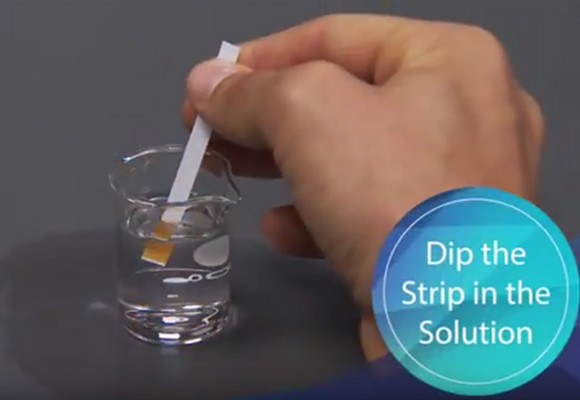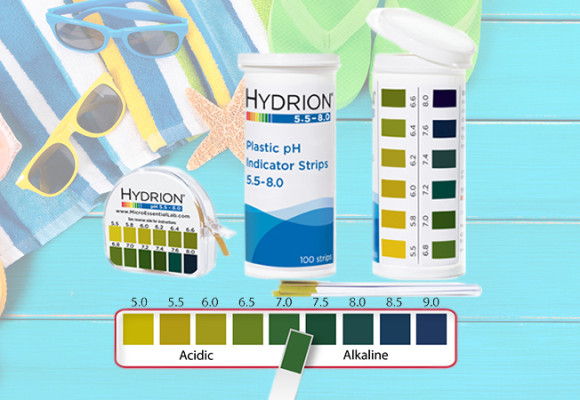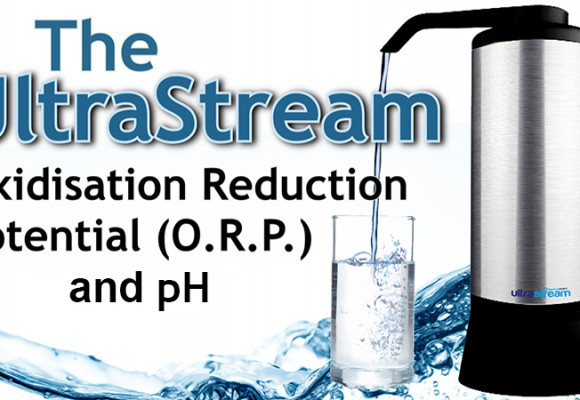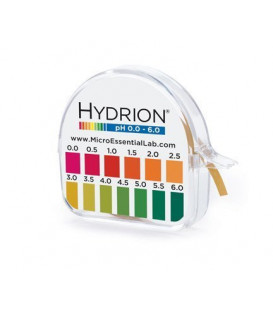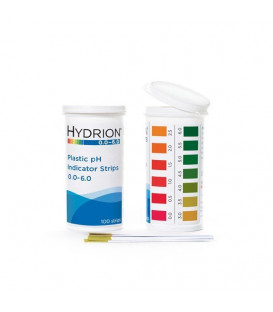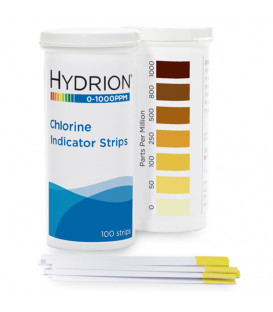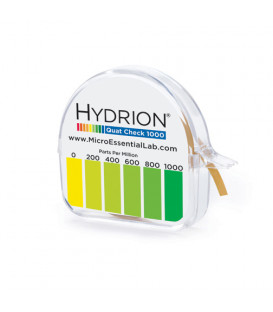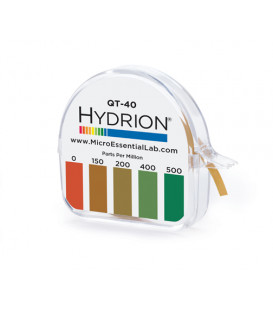
How to Test Sushi Rice pH
How to Test Sushi Rice pH
Sushi rice pH levels are achieved by adding vinegar to cooked rice to get a pH of around 4.6 or less.
If you're wondering why sushi rice requires the acidic pH levels, the reason being is bacteria's that can instigate food poisoning.
When rice has an acidic pH range of 4.6 or less, the growth of potential harmful pathogenic bacteria is greatly limited.
This is particularly necessary if the foods one chooses to eat with sushi rice is the raw flesh of an animal i.e. raw seafood.
As sushi rice is tastier at room temperature, these temperatures may support the growth of pathogenic bacteria if the rice is not uniformly and adequately acidified using vinegar.
The main health risks associated with sushi and more to the point raw seafood products is parasites.
Parasites such as Anisakinae and Diphyllobothrium are commonly found in seafood hence the rice used as a base is acidified.
By any means the issue of pathogens is not limited to raw fish.
Dairy (milk or milk products), eggs, meat, poultry, shellfish, or even synthetic ingredients are all capable of supporting the rapid and progressive growth of infectious or toxigenic microorganisms.
Hence keeping your eye on the ball so to speak can save you many days of sickness, time, money and in some cases… death!
Sushi rice is good with a lot of produce
These antibacterial qualities are not to unduly diminish the subtle taste that acidic rice has. Take for instance the humble avocado roll!
With the kelp and the acidic rice combined with the highly nutritious flesh of an avocado, the combination provides many health-enriching benefits.
Add a couple of sprigs of cucumber with the wasabe and soy sauce/tamari, both the taste buds and your body are winners.
Try it with carrot, lettuce and a smig of vegan mayonnaise.
To be sure it'll satisfy the space requiring satisfaction :-)
Testing the rice
- After you've cooked the rice, as soon as possible add and evenly distribute the vinegar.
- Once the vinegar is added, the rice must be cooled rapidly to 5°C (41°F).
When the rice has cooled, you need to prepare a rice slurry. You do this by taking samples of your acidified rice from various locations of your batch with enough to fill a ¼ of a cup.
Note: Some people prefer to use a clear plastic cup though this is not a necessity.
- Then using distilled water (you must use distilled water as water used from the tap may have additives that will negate your pH readings), add ¾ cup of distilled water to your ¼ cup of rice and blend the two together for approximately 20 seconds.
- After mixing, insert your pH 0 - 6 litmus paper or pH 0 - 6 plastic strips (a pH meter also works) into the liquid portion of the slurry and record the measurement.
- If your reading is above pH4.6, add more vinegar to your rice and repeat the process accordingly.
It is recommended that acidification of the rice using vinegar should occur as soon as possible after cooking.
Rice acidified to a pH of less than 4.6 will inhibit the growth of pathogenic bacteria.
Further information can be found by contacting your local government or food body.
Related articles & more details
Disclaimer: All information on this web site is for informational purposes only. Under no circumstance is any product on this site intended to diagnose, treat, cure or prevent any disease or condition. Please contact a medical doctor to diagnose and treat any medical condition.




